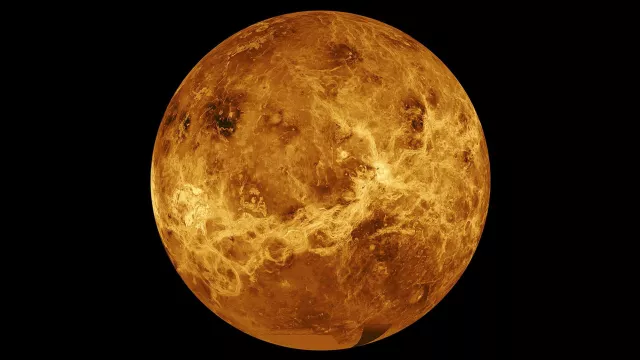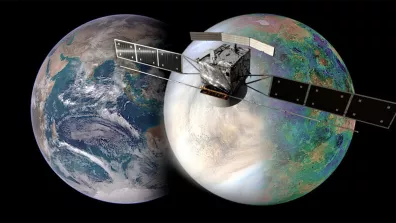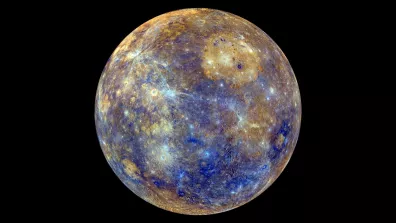Venus is a hostile and extreme planet, the hottest in the solar system. It shines so brightly in the sky that we mistakenly call it the morning or evening “star”.
Fast figures
| Distance from Sun | 108 million km |
| Volume | 9.284 × 1011 km3 (0.857 that of Earth’s) |
| Mass | 4.967 × 1024 kg (0.815 that of Earth’s) |
| Diameter | 12,104 km (roughly the same as Earth’s) |
| Gravity | 90% that of Earth’s |
| Axial tilt | 2.6° |
| Revolution period | 224 Earth days |
| Rotation period | 243 Earth days |
| Temperature | +470°C on surface |
| Known moons | 0 |
A hellish planet
Don’t forget to pack your sunscreen: on the surface of Venus, it’s a scorching +470°C!
- It’s warm out here!
Venus is the second closest planet to the Sun, which it orbits at a distance of 108 million kilometres. But the reason it’s so hot is also because the planet’s thick atmosphere is composed 96% of carbon dioxide (CO₂), generating a runaway greenhouse effect. In other words, this gas absorbs infrared radiation and traps the Sun’s heat, thus sustaining the high surface temperatures that make Venus so inhospitable. Yet it’s also considered Earth’s twin, due to its similar size and mass, and both are also rocky or “terrestrial” (telluric) planets. But that’s as far as the similarities go.
- What’s it like inside?
Like all planets in our solar system, Venus orbits the Sun and spins on its own axis. It takes 224 Earth days to complete its journey around the Sun, whereas Earth takes 365 days. However, it rotates very slowly on itself, once every 243 days, compared to our 24-hour day on Earth! Stranger still, Venus rotates in a different (clockwise) direction to all the other planets, in what we call a retrograde rotation. As a result, on Venus, the Sun rises in the west and sets in the east.

4,000 years of knowledge
Venus is the first planet whose path was mapped, 4,000 years ago. Records referring to Venus have been found as far back as the ancient Egyptians, Greeks, Babylonians and Maya.
- Observation
The first to observe Venus through a scientific instrument was the 17th-century Italian physicist Galileo, the inventor of the telescope. He discovered that, like the Moon, Venus has phases: it’s sunlit to a varying extent according to its position with respect to the Sun, an observation that confirmed the original hypothesis of the astronomer Copernicus that the planets don’t orbit Earth but the Sun. This so-called “heliocentric” model of the solar system didn’t gain much support from scientists at the time, but gradually became accepted as astronomy observations advanced.
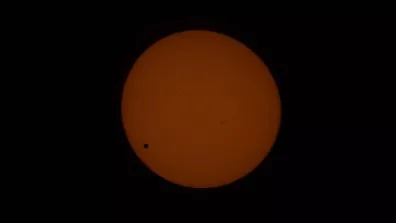
- Seeing through Venus’s clouds
It’s not easy to observe the surface of Venus through its thick, cloudy atmosphere. So the only way to find out more about it is to go there. In all, 20 probes have flown by, orbited or explored Venus. In fact, it’s the first planet we sent spacecraft to, in 1960. Its exploration has been an up-and-down affair, marked by notable successes but also some failures along the way. The U.S. Mariner 2 probe flew by Venus for the first time in 1962, and 13 years later, the Soviet Venera 9 spacecraft landed on its surface. Due to the hellish conditions, the probe only survived for 53 minutes, during which it succeeded in taking a picture of the landing zone.
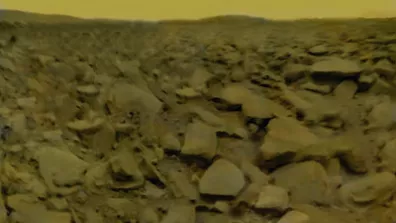
In a few years’ time, NASA plans to send its DaVinci and Veritas spacecraft to Venus to study its atmosphere and surface composition. These would be the first U.S. missions to Venus since the Magellan project in 1989.
The European Space Agency (ESA) placed its first probe into orbit around Venus in 2006. For the next nine years, Venus Express gathered data on its volcanic activity, spin rate and atmosphere. The agency’s next mission to Venus will be EnVision, a European science project set to study the planet from all angles. The mission is scheduled to depart in 2031.
Venus has been known to humans for thousands of years, and has an important place in mythology and fiction. We find it in poems, songs, paintings and more… For example, Dutch artist Vincent Van Gogh immortalized it in his work The Starry Night (see for yourself: it’s the star circled in white just to the right of the large cypress tree).
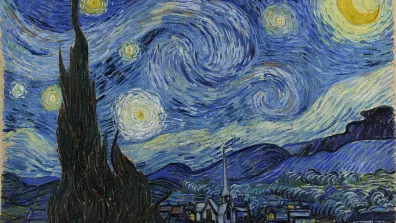
Quiz
Venus sometimes passes directly between the Sun and Earth. This can be seen from Earth, when Venus appears as a small dark spot moving across the face of the Sun. What is this phenomenon called?


